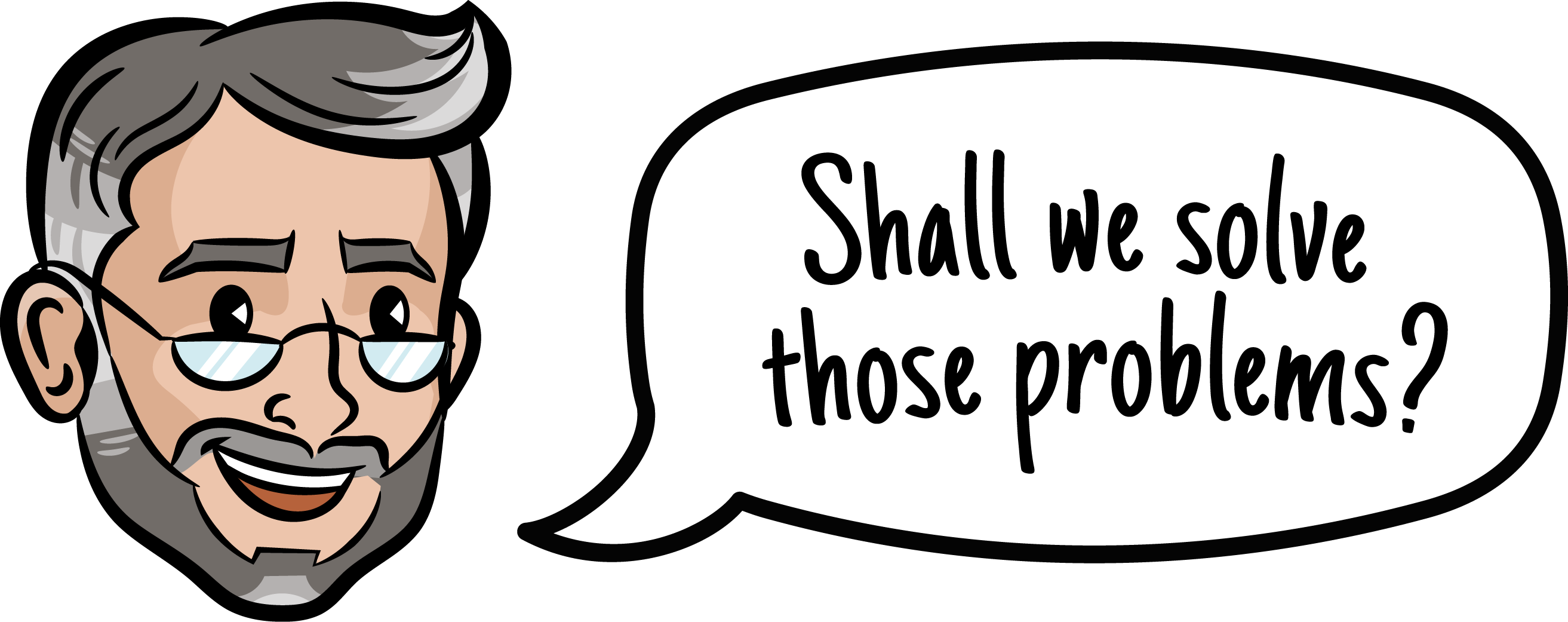Table of Contents
Introduction: Why Digital Marketing Matters for Equipment Dealers
Building Your Online Foundation: Website and Content Strategy
SEO Tactics for Visibility: Getting Found Online
Leveraging Social Media Effectively for B2B Equipment Sales
Driving Leads and Nurturing Relationships with Paid Ads and Email Marketing
Measuring Success and Demonstrating ROI
Integrating Digital Marketing with Your Sales Process
Getting Started and Building a Sustainable Digital Strategy
More Useful Reads from Sales Funnel Professor
Introduction: Why Digital Marketing Matters for Equipment Dealers
Digital marketing for equipment dealers has become essential as more contractors, builders, and project managers begin their equipment research online. Before a salesperson even speaks with a prospect, that buyer has often done extensive online research — comparing models, evaluating dealers, and watching demos. If your dealership’s digital presence isn’t actively engaging these online researchers, you risk losing leads and trust early in the buyer journey.

Building Your Online Foundation: Website and Content Strategy
Your dealership’s website serves as the 24/7 digital showroom and sales hub. Key features should include searchable inventory pages with detailed specs, high-quality images, and videos, along with easy-to-use lead capture forms. It’s vital to provide service and parts information, clear contact details, and ensure a fast, mobile-friendly user experience.
Content marketing builds authority and trust, offering equipment reviews, case studies, maintenance tips, industry news, and financing explanations to address buyers’ questions at every stage.
SEO Tactics for Visibility: Getting Found Online
Effective SEO helps your site appear prominently for relevant searches. Focus on high-intent, long-tail keywords like “used excavator for sale [city],” optimize product pages with targeted keywords, use proper header tags, internal linking, and ensure fast loading speeds with mobile-first design. Local SEO, including claiming your Google Business Profile and managing citations and reviews, is critical for dealerships with physical locations.
Leveraging Social Media Effectively for B2B Equipment Sales
Social media platforms offer opportunities to connect with professional buyers and showcase inventory.
- LinkedIn for networking with decision-makers and thought leadership.
- Facebook and Instagram to highlight inventory, local engagement, and targeted ads.
- YouTube for video walkthroughs, demos, and customer testimonials.
Engage actively by responding to inquiries, joining industry groups, and hosting live Q&A sessions. Use lead generation forms and social listening to find potential customers.
Driving Leads and Nurturing Relationships with Paid Ads and Email Marketing
Pay-per-click (PPC) ads on Google and social platforms allow targeting high-intent prospects with search, display, and video campaigns. Use local search ads and job title targeting on LinkedIn and Facebook to reach the right audiences.
Email marketing nurtures leads over long sales cycles with segmented lists, personalized content, new inventory alerts, promotions, maintenance reminders, and automated workflows integrated with your CRM.
Measuring Success and Demonstrating ROI
Track KPIs aligned with business outcomes, including lead volume and quality, conversion rates, cost per lead, and pipeline contribution. Use Google Analytics, Tag Manager, CRM dashboards, social media analytics, email metrics, and call tracking to measure performance.
Calculate ROI by comparing revenue generated from digital leads against marketing costs, reporting results regularly to optimize and justify your digital spend.
Integrating Digital Marketing with Your Sales Process
Ensure marketing and sales teams align on lead definitions and handover processes, using a CRM as the unified database. Sales teams should have access to digital insights on prospects to personalize outreach. Marketing automation can score and nurture leads, improving lead quality before handoff. Continuous feedback loops improve targeting and messaging.
Getting Started and Building a Sustainable Digital Strategy
Begin by auditing your current digital presence and competitive landscape. Define your target audience and digital goals with specific, measurable objectives. Allocate budgets wisely, prioritize foundational website and SEO improvements, then scale paid ads and social campaigns.
Build or partner with a team experienced in B2B equipment marketing. Embrace a phased approach, testing and refining tactics to adapt to evolving buyer behaviors and technologies for sustained success.
More Useful Reads from Sales Funnel Professor
If you found this post helpful, you may also enjoy:
- Your Shortcut to High Velocity Funnels: Master Brand Positioning Strategy
- Revenue Consulting: The Strategic Lever for Scalable Growth
- Sales Principles & Pitfalls from Iconic Sales Movies
- CRO Revenue Growth & ROI: Expert Funnel Optimization
- Pushing the Envelope in Business: Innovate to Grow
Each article offers strategic insights to help you elevate your sales and marketing efforts.


